Virginia is packed with history at every turn, from colonial settlements to Civil War battlefields. But locals will tell you that many visitors walk away with the wrong ideas about what really happened here. Tourists often miss important details, confuse timelines, or believe popular myths that just aren’t true. Understanding what locals know can transform your visit from a simple sightseeing trip into a meaningful journey through America’s past.
Virginia’s History Ended in the 1800s
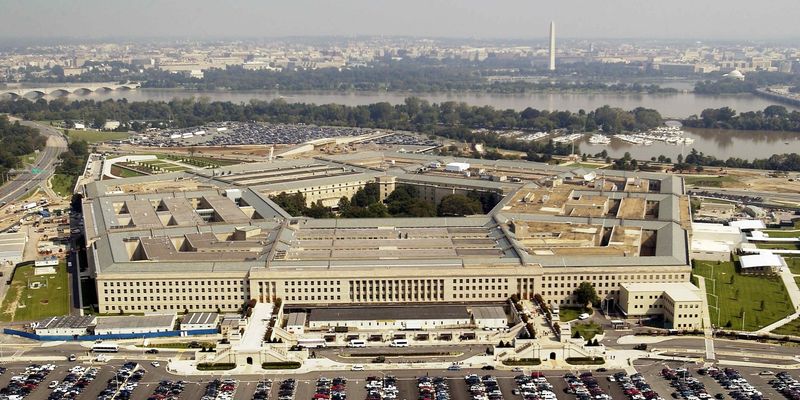
Many visitors focus exclusively on colonial and Civil War periods, assuming Virginia’s historical significance faded afterward. Locals know Virginia remained central to American history throughout the 20th century and beyond. The Pentagon, despite common belief, sits in Arlington, Virginia, not Washington, D.C.
Virginia played crucial roles in both World Wars, the Civil Rights Movement, and modern military operations. Hampton Roads hosts the world’s largest naval base. Countless policy decisions affecting all Americans happen in Northern Virginia communities.
African American history continued evolving through Reconstruction, Jim Crow, desegregation battles, and ongoing civil rights work. Visit sites like the Robert Russa Moton Museum in Farmville, where students protested school inequality in 1951, contributing to Brown v. Board of Education. Understanding Virginia’s complete historical timeline, not just its earliest chapters, gives you appreciation for how the past continuously shapes the present.
Plymouth Hosted the First Thanksgiving, Right?
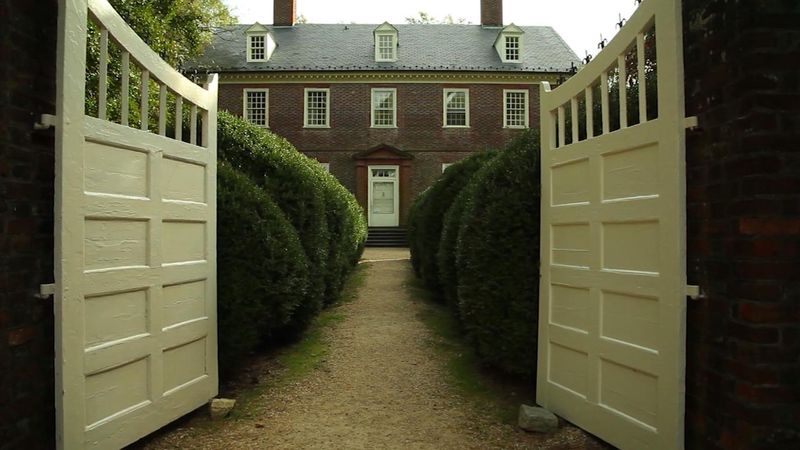
Most visitors assume Plymouth, Massachusetts, was home to the first Thanksgiving celebration in America. Locals in Virginia know better. Back in 1619, English settlers arrived at Berkeley Plantation along the James River and held a thanksgiving ceremony, two full years before the famous Plymouth gathering.
This detail matters because it reshapes our understanding of early colonial America. Berkeley Plantation still stands today, welcoming visitors who want to see where this historic moment actually took place.
When you visit, ask about the original charter that required the settlers to observe their arrival day as a day of thanksgiving. Local guides share stories that textbooks often skip, giving you a richer appreciation of Virginia’s foundational role in American traditions.
Jamestown Was Just Another Small Settlement

Many tourists breeze through Jamestown thinking it was just one of many early colonial outposts. Virginians will quickly correct that notion. Jamestown was the first permanent English settlement in North America, established in 1607, and it fundamentally changed the course of history.
This wasn’t some quiet farming village. Jamestown was a place of survival, conflict, diplomacy, and transformation. The interactions between English settlers, Native Powhatan people, and later enslaved Africans created complex relationships that shaped the entire nation.
Locals recommend visiting Historic Jamestowne and the Jamestown Settlement museum to understand the full story. Take time to explore the archaeological sites where researchers continue uncovering artifacts. These discoveries reveal daily life details that challenge simplified versions of colonial history taught in school.
Native Americans Disappeared After European Arrival
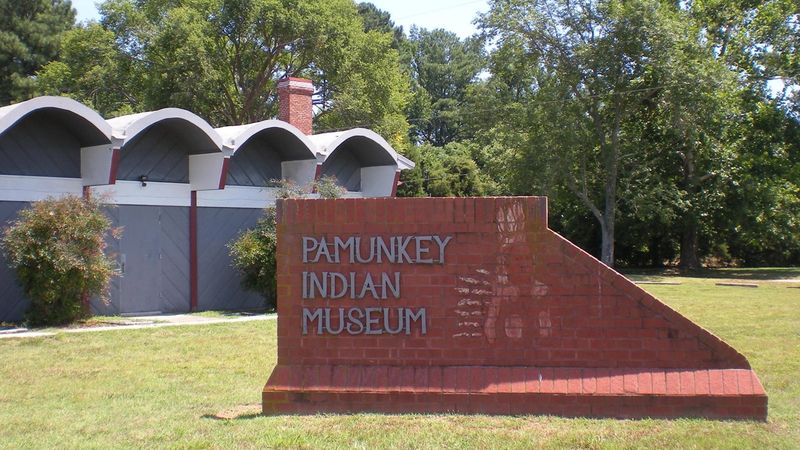
A common misconception among visitors is that Native American communities vanished from Virginia after colonization began. Locals know this couldn’t be further from the truth. Virginia remains home to eleven state-recognized tribes, including the Pamunkey, Mattaponi, and Chickahominy peoples.
These communities have maintained their cultural identities, traditions, and connections to ancestral lands for centuries. Their history didn’t end when Europeans arrived; it continued and evolved in ways that tourists rarely learn about during quick visits.
Visit tribal museums and cultural centers to hear directly from Native Virginians about their ongoing presence and contributions. The Pamunkey Indian Museum offers particularly powerful insights. Attending tribal events or festivals provides authentic experiences that go far beyond the oversimplified narratives found at many mainstream tourist attractions throughout the state.
The Civil War Was Only About Slavery
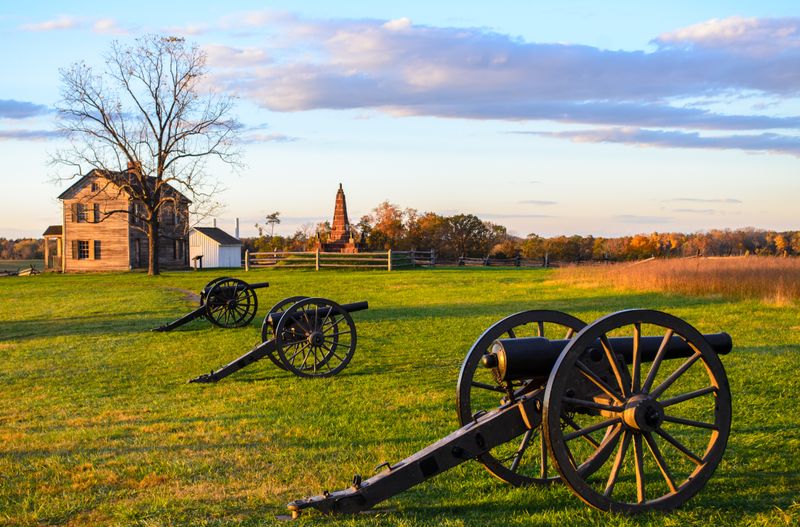
Tourists often arrive with overly simplified views of the Civil War’s causes and consequences. While slavery was absolutely the central issue, locals explain that understanding the war requires examining economics, politics, states’ rights debates, and deeply personal stories from all sides.
Virginia witnessed more Civil War battles than any other state. Families were divided, towns were destroyed, and communities faced impossible choices. The war’s complexity becomes clearer when you explore battlefields like Manassas, Fredericksburg, and Appomattox.
Local historians emphasize looking beyond famous generals to understand how ordinary Virginians experienced the conflict. Visit smaller museums and preserved homes to hear stories about civilians, enslaved people seeking freedom, and soldiers from different backgrounds. These nuanced perspectives help visitors grasp why this period still influences Virginia communities today.
Monticello Is Just a Pretty Historic House
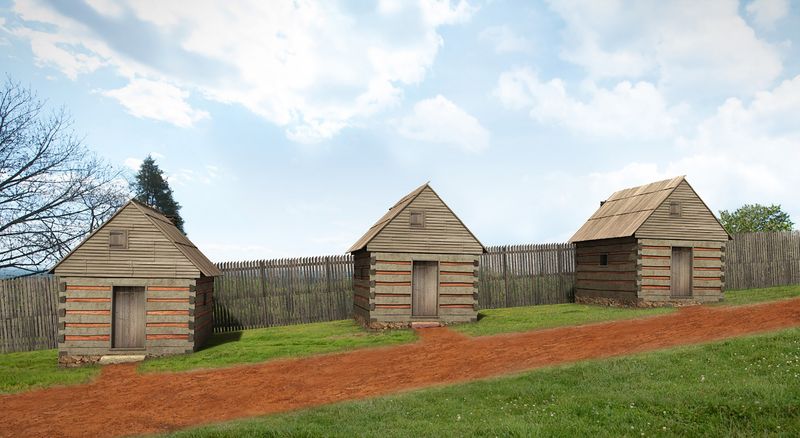
Many visitors tour Monticello expecting a simple celebration of Thomas Jefferson’s architectural genius and presidential legacy. Locals understand there’s a much deeper, more complicated story waiting inside. Jefferson’s mountaintop home reveals contradictions that defined early America.
He wrote eloquently about liberty while enslaving over 600 people throughout his lifetime. Modern tours now highlight the Hemings family and other enslaved individuals who built Monticello, maintained it, and made Jefferson’s lifestyle possible.
The Mountaintop Project and restored slave quarters provide crucial context that earlier generations of visitors never received. Locals appreciate how current interpretations honestly address these difficult truths rather than glossing over them. Spend time in the exhibition spaces dedicated to slavery and the African American experience. This approach transforms Monticello from a monument into a teaching site about America’s ongoing struggle with its founding ideals.
Richmond Was Always Virginia’s Capital
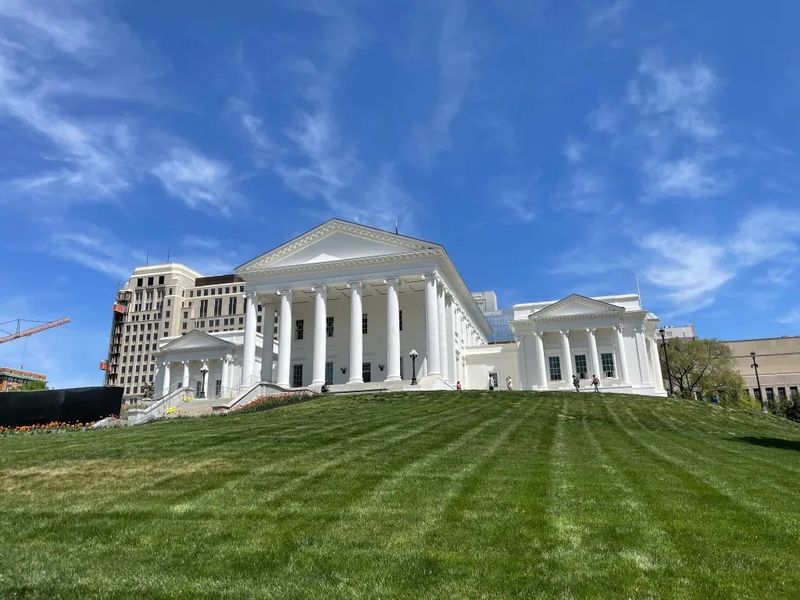
Visitors often assume Richmond has always served as Virginia’s capital city. Locals know the real story involves multiple moves and political drama. Virginia’s colonial capital was actually Williamsburg, which itself replaced Jamestown after a devastating fire in 1698.
Richmond didn’t become the capital until 1780, when leaders decided to move it inland for better protection during the Revolutionary War. This relocation changed Virginia’s political and economic landscape significantly.
Understanding this progression helps explain why Virginia has so many historically important cities rather than just one dominant center. Tour the restored Colonial Williamsburg to see where colonial Virginia’s government operated for decades. Then visit Richmond’s Capitol building, designed by Thomas Jefferson himself. Comparing these sites reveals how Virginia’s priorities and challenges evolved over time, giving you perspective that single-city tourists completely miss.
All Civil War Sites Tell the Same Story
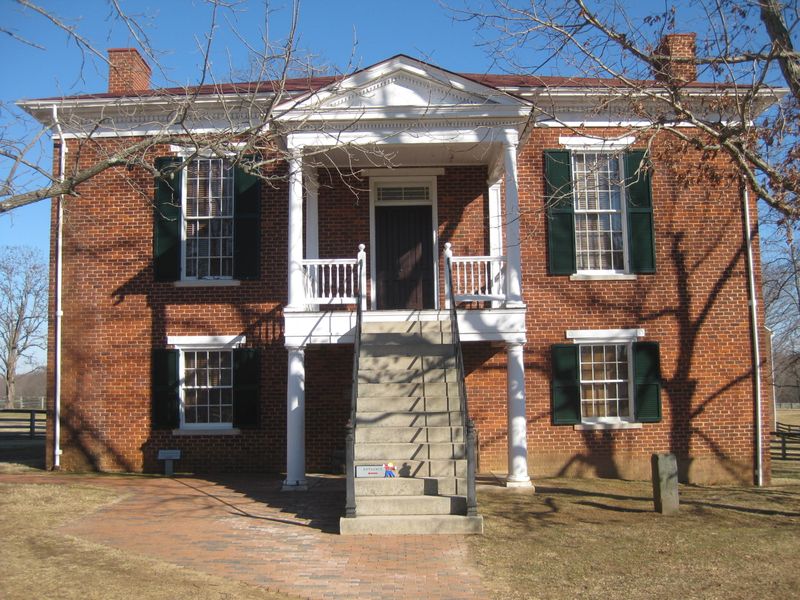
Tourists sometimes treat Virginia’s numerous Civil War sites as interchangeable stops on a history checklist. Locals recognize that each location offers distinct perspectives and lessons. Appomattox Court House, where Lee surrendered to Grant, tells a story about war’s end and reconciliation attempts.
Meanwhile, Petersburg’s siege sites reveal the grinding reality of trench warfare that foreshadowed World War I. The Battle of New Market involved teenage cadets from Virginia Military Institute, adding tragic dimensions to military history.
Each battlefield, cemetery, and preserved building carries unique stories worth understanding individually. Local guides recommend choosing sites based on specific interests rather than trying to see everything quickly. Spend quality time at fewer locations, reading interpretive markers carefully and joining ranger-led programs. This focused approach helps you appreciate how different communities experienced and remember the war, revealing complexity that rushed tourists inevitably miss.
Dear Reader: This page may contain affiliate links which may earn a commission if you click through and make a purchase. Our independent journalism is not influenced by any advertiser or commercial initiative unless it is clearly marked as sponsored content. As travel products change, please be sure to reconfirm all details and stay up to date with current events to ensure a safe and successful trip.